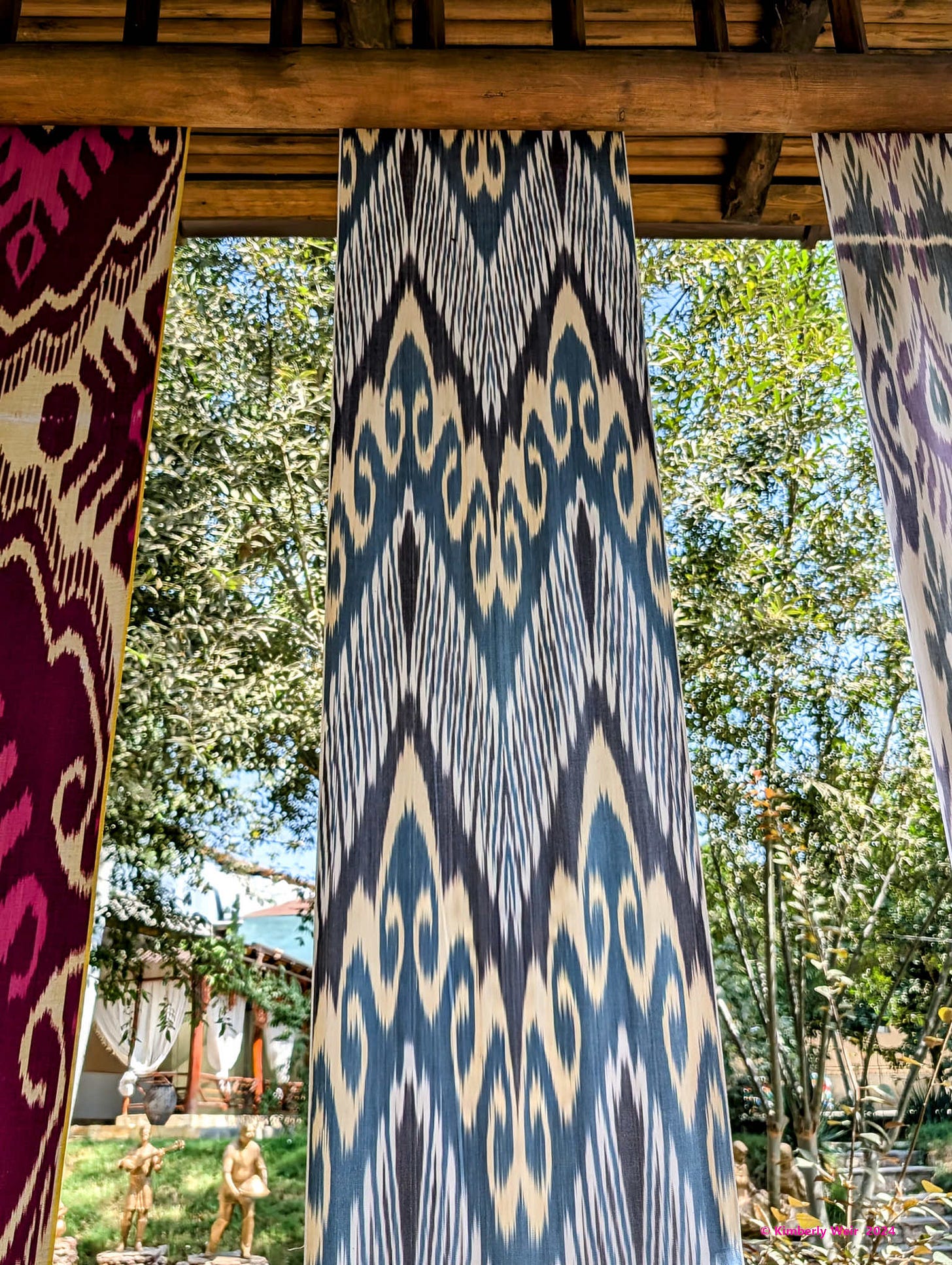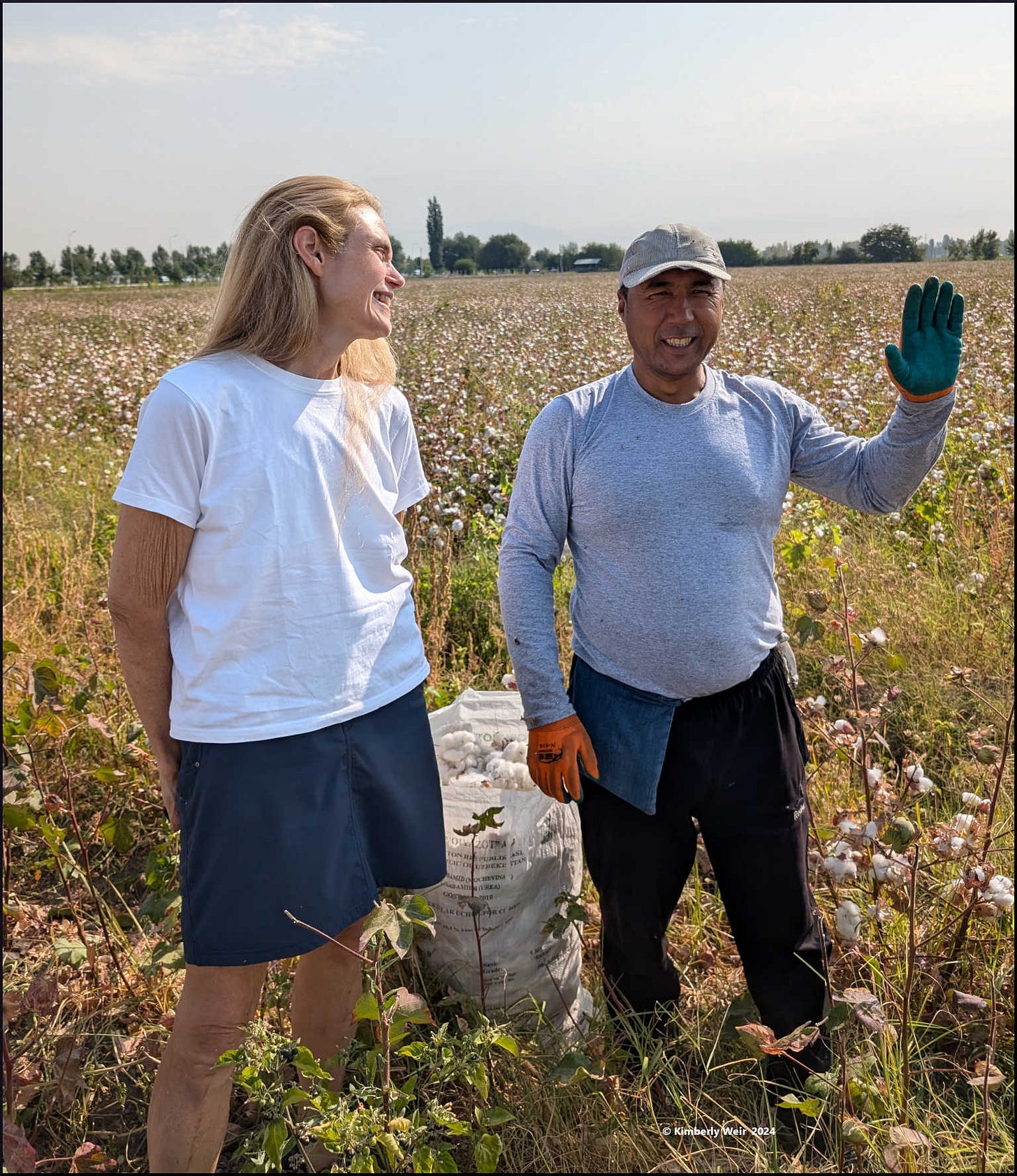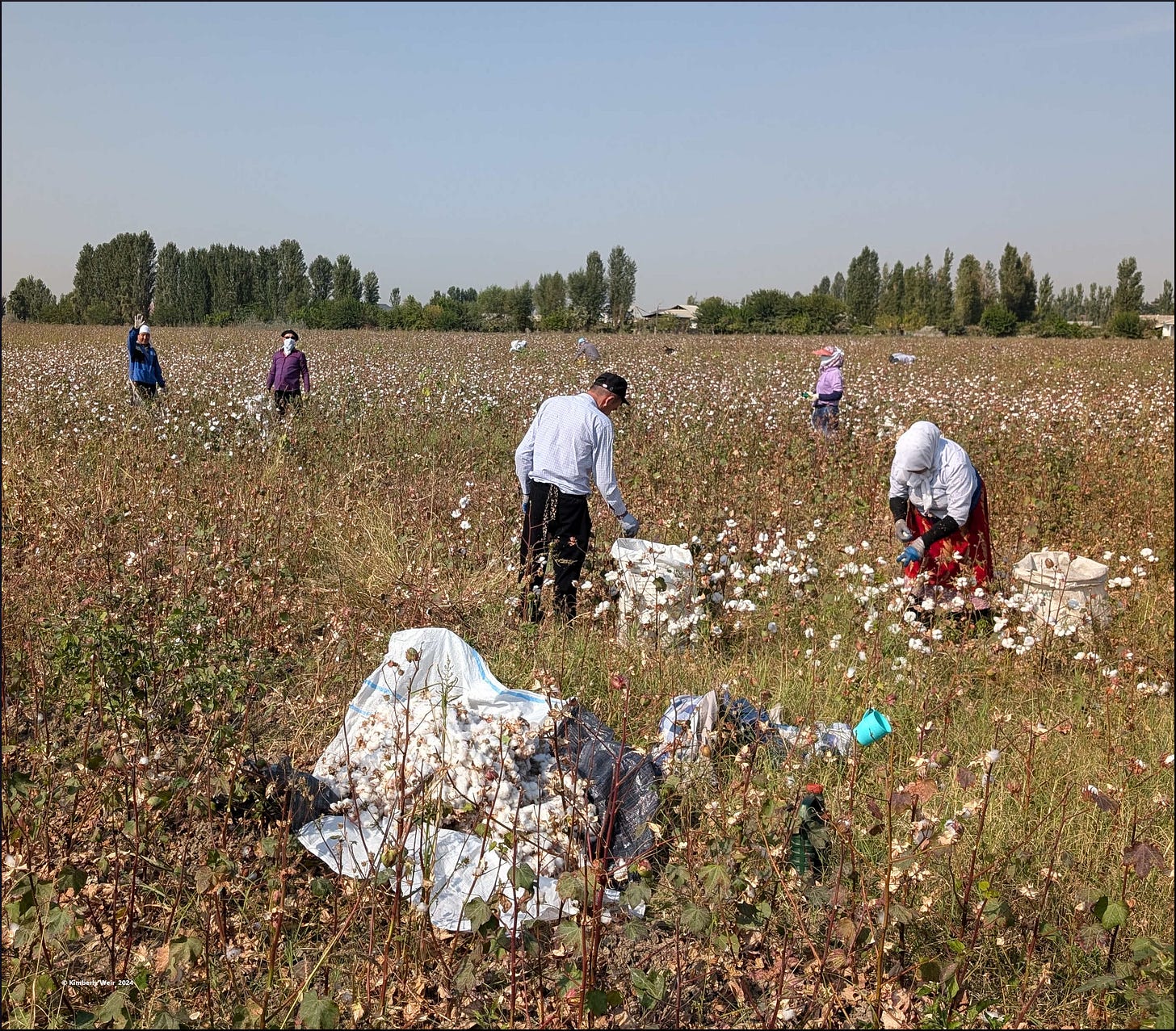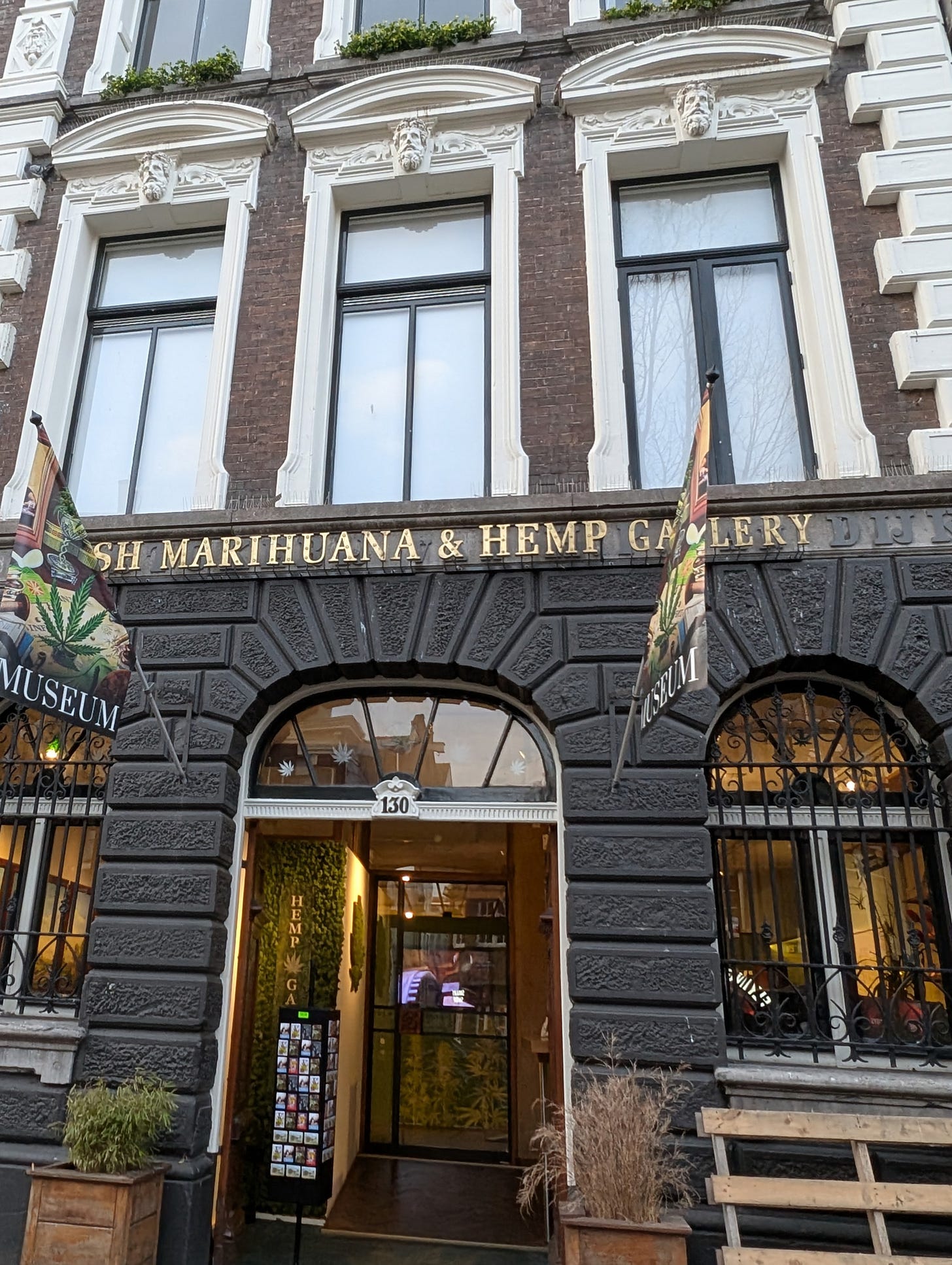Cotton versus Hemp: The Fabric of Sustainability
Environmentally hemp is king, but cotton reigns queen of softness, making finding the personal balance between comfort and sustainability a tough one.

Many books have been written about cotton (and printed on cotton pages), so significant is the plant to world and U.S. history. Though accounts of where it was first domesticated around 5000 BC vary—from the Indus delta region of modern-day India and Pakistan to eastern Sudan, Mexico to Peru—cotton has the British Empire to thank for its rise to global fame. Hemp has been around just as long, originating in East Asia, just as significant to world and U.S. history (as the Declaration of Independence was written on hemp paper). But hemp suffered a serious blow in 1937 when the U.S. passed the Marijuana Tax Act, effectively quashing global production and the use of hemp products.
Cotton and hemp are similar in more ways than not. Both are edible, have a wide range of uses, and most parts of each plant have a use. Both cotton and hemp are labor-intensive plants to harvest. But comparatively, cotton production—and especially the organic variety—is environmentally taxing. Cotton requires a lot of water and takes longer to grow. Hemp, on the other hand, is an environmental superstar. This drought-resistant, deeply-rooted plant helps to lock soil in place during flooding, and is a faster-growing bioremediator, absorbing heavy metals and pollutants from the soil. Its biggest deterrent is that harvesting high-quality fibers is labor-intensive, due to the retting process, though not much more grueling than small-scale farmers hand-picking cotton.

Recording Cotton Reigns King but Hemp is Staging a Comeback, I was reminded that sustainability isn’t an all-or-nothing pursuit, which is what led me to write about different approaches to making sustainable changes. Considering the impact of the cotton industry, I thought about what trade-offs I was willing to make.
I know that hemp is the more sustainable choice, but I also know that I’m not giving up cotton bath towels or cotton and flannel sheets. Caring about sustainability, I want to love hemp more than I do. With a vegan diet, hemp seed is a great addition to salads and bowls because it is a complete protein (more on this in an upcoming post). Given the need and opportunity, I would choose hempcrete in a heartbeat if I were building a new house. But I’m never giving up flannel sheets. I even hate when the weather changes, sending our flannel sheets into the linen closet until the crisp autumn nights return.
I’m also a fan of cotton clothing. I did, however, buy a hemp shirt. I was skeptical when I tried it on. Though the fabric isn’t soft like cotton, and since it’s fairly fitted, I wasn’t sure about it. I decided to keep it to give it a fair chance. Turned out, the different feel of it isn’t unpleasant. Clearly designed for summer, short-sleeved with a scoop neck, I thought that the fabric might be too heavy, but it’s quite comfortable. Apparently, it also offers some natural UV protection, wicks moisture, and is anti-bacterial. I would definitely consider trying out more hemp clothing.
At least cotton is in league with hemp when it comes to disposal. Both can be recycled and are naturally compostable. The latter comes with more than a few caveats, the biggest being that the cotton or hemp garment has to be naturally dyed and have 100% natural fiber content. This condition considerably diminishes what makes the cut, as most fabrics are designed using multiple fibers, not to mention that the stitching could be synthetic, and all the accessories need to be removed. But with more clothing made with mixed fibers, not only are fewer clothes compostable, but also difficult to recycle.
Consider denim jeans. Traditionally, they were made from cotton, a few bits of metal, and built to last. Now, most jeans have spandex or elastane in them to make them stretchy, shortening their lifespan. I want to blame the ‘skinny jeans’ fad. (I mean, how else could someone practically be poured into a pair of jeans without spandex?) But before that trend, stretchy jeans had long been on racks. To make denim more immediately ‘worn in’, manufacturers added elastic fabric strands. The trade-off for comfort, however, requires adding plastic to the mix.

The biggest issue with synthetic fibers is that during washing, microplastics are released into the water stream. And the recent shift to cope with single-use plastic bottles by turning them into fabric is paradoxical, at best. According to the European Environment Agency, plastics in clothing accounts for 16-35% of microplastics heading into the global water supply, contributing to the 23 million tons of plastic waste that enter the water stream every year.
A new process to more easily break down blended fabrics is promising. And research by the American Chemical Society found that, depending on the type of treatment, the amount of microplastic entering the water supply can be minimized. Unfortunately, redirecting clothing into recycling bins will meet the same uphill battle municipalities have faced for decades to collect (much more easily) reusable glass bottles, cans, and paper. Overall, only 21% of all municipal waste in the U.S. is recycled and of that, only 5-6% of plastic waste generated was recycled. With growing demand for fast and ultra-fast fashion, and a lack of measures to stop ‘plasticization’, the problem is only going to get worse.

I (obviously) spend a lot of time thinking about sustainability, doing a weekly podcast and writing twice-monthly newsletters for Sustainable Planet. It’s tough when I confront an issue and know that making a different choice would be better for the planet, but that I’m just not willing to budge on, like giving up cotton flannel sheets. That’s when I need to remind myself that the important thing when trying to be greener is to find a balance that allows me to remain sane. Opting for more sustainable apparel and linens is one of these issues for me. As hemp clothing shifts from being a niche product, mainstream clothing companies are making a wider variety of affordable designs. Swapping in more hemp clothing for cotton is a reasonable change, but it’ll be a cold day in hell before I sleep on hemp sheets.




